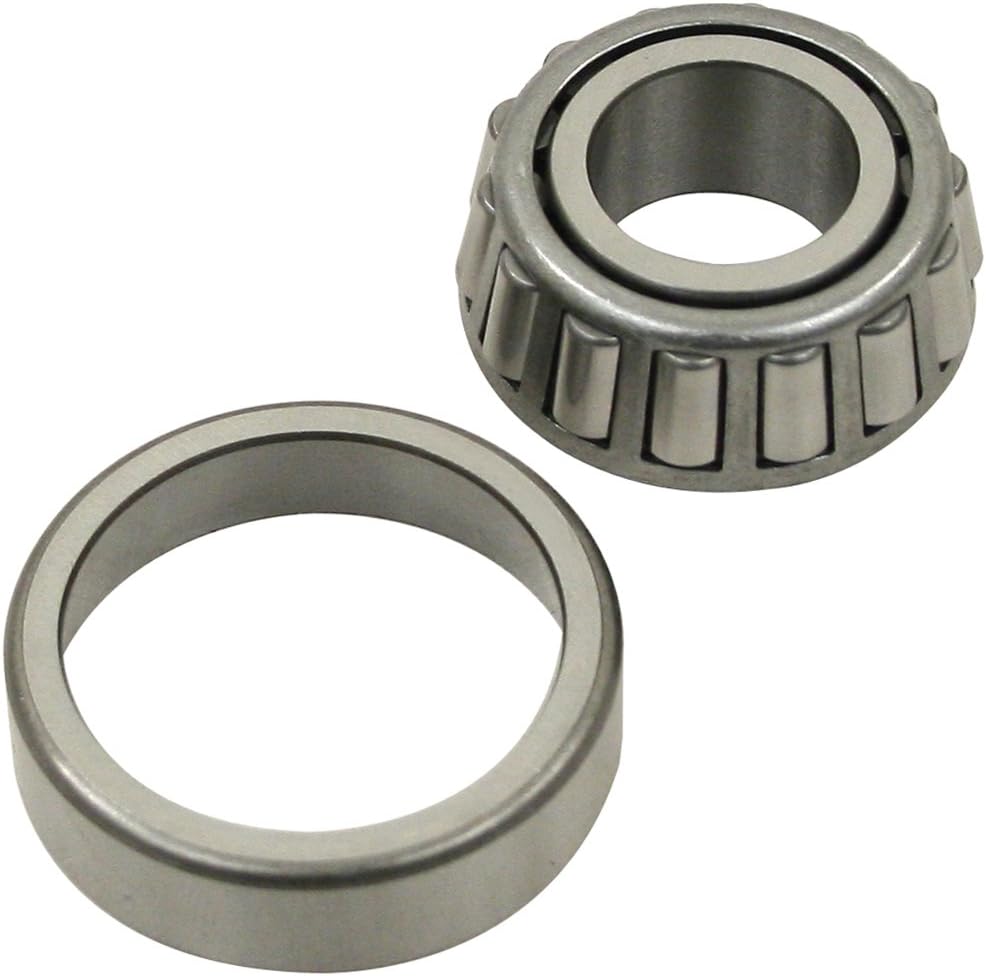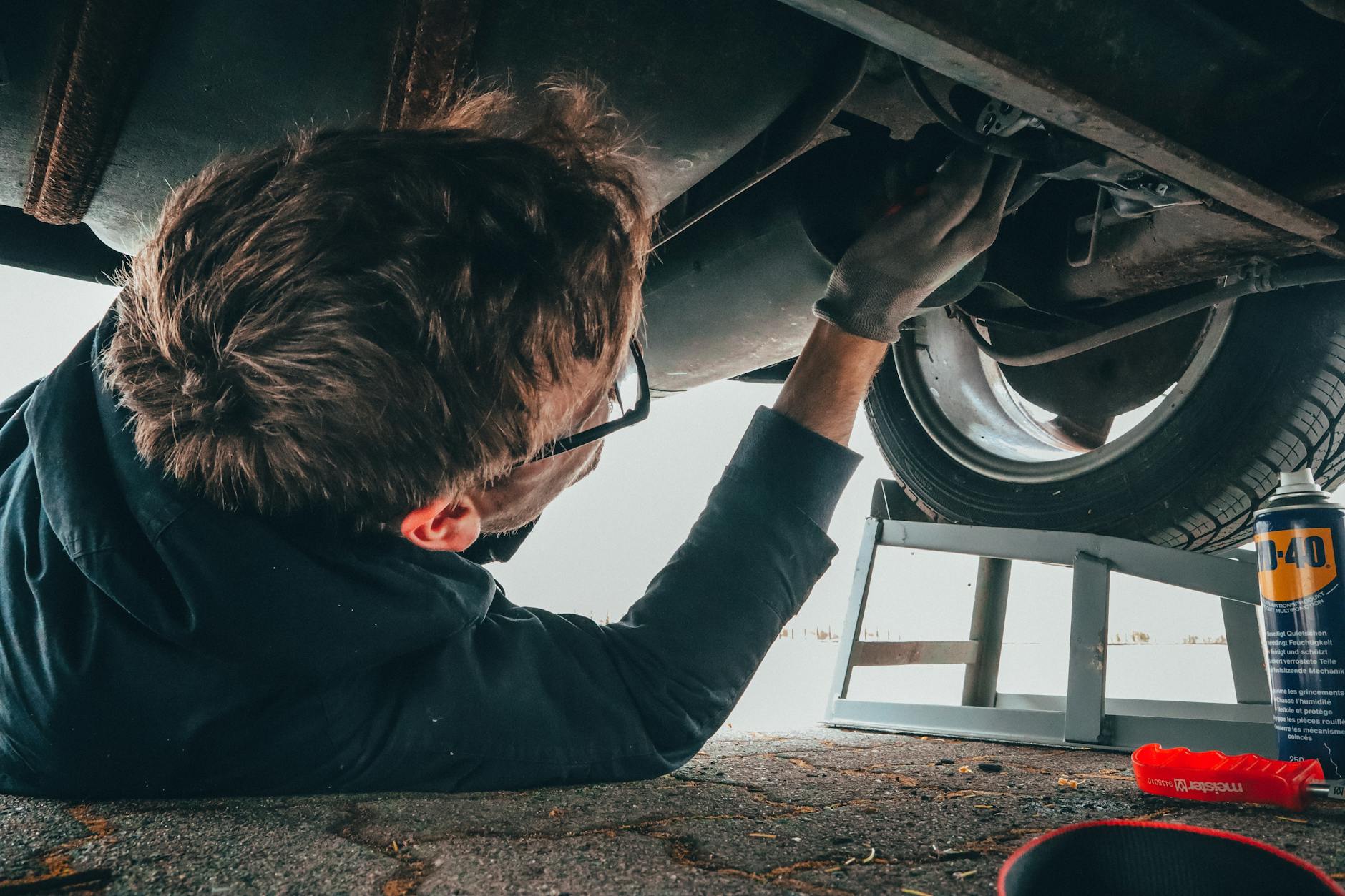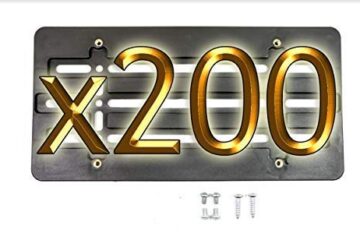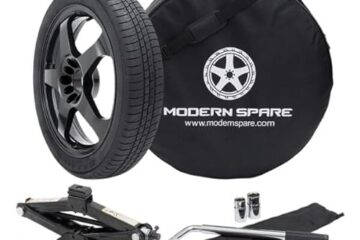Unraveling the Differences: King Pin Vs Ball Joint
In short, the main difference boils down to their design, load-bearing capacity, and range of motion. King Pins are often chosen for heavy-duty applications due to their robustness, while Ball Joints are favored in lighter vehicles for their articulation and cost-effectiveness. The choice between the two depends on the specific needs of the vehicle and the intended use.
King Pin Overview
Definition and Function
The King Pin is a vertical pin that connects the axle to the suspension, allowing for the rotation of the wheel around the kingpin axis. Its primary function is to provide a pivot point for the steering mechanism, enabling the controlled movement of the wheels.

Design and Construction
Typically made of high-strength steel, King Pins are designed to withstand substantial loads. The kingpin assembly comprises the kingpin itself, bushings, thrust bearings, and various components that ensure proper articulation.
Advantages
- Durability: King Pins are renowned for their robust construction, making them suitable for heavy-duty applications, such as in trucks and larger vehicles.
- Load-Bearing Capacity: The design of King Pins allows them to bear significant loads without compromising performance.
- Maintenance Considerations: While maintenance is essential, King Pins often require less frequent attention compared to other suspension components.
Ball Joint Overview
Definition and Function
A Ball Joint is a pivot point that connects the control arm to the steering knuckle. Its design allows for multidirectional movement, providing flexibility in steering and wheel alignment.

Design and Construction
Ball Joints consist of a spherical bearing enclosed in a socket, allowing for rotational movement. They are often constructed with a combination of steel and rubber components to balance strength and flexibility.
Advantages
- Articulation and Flexibility: Ball Joints excel in providing a greater range of motion, contributing to improved handling and maneuverability.
- Ease of Replacement: When a Ball Joint wears out, replacing it is often a straightforward process, requiring less time and effort.
- Cost Considerations: Ball Joints are generally more cost-effective both in terms of initial purchase and replacement.
Differences between King Pin and Ball Joint
| Feature | King Pin | Ball Joint |
|---|---|---|
| Function | Vertical pin connecting axle to suspension, provides pivot point for steering | Pivot point connecting control arm to steering knuckle, allows multidirectional movement |
| Material | Typically high-strength steel | Steel and rubber components |
| Load-Bearing Capacity | Superior, suitable for heavy-duty applications | Adequate, commonly used in lighter vehicles |
| Range of Motion | Limited, suitable for straightforward movements | Greater, offering improved handling and maneuverability |
| Maintenance | Requires less frequent attention | Generally more cost-effective and easier to replace |
| Cost Considerations | Potentially higher initial and maintenance costs | Generally more cost-effective both in terms of initial purchase and replacement |
| Customization Opportunities | Opportunities for specialized setups in heavy-duty applications | Opportunities for advanced articulation systems and smart technologies |
| Applications | Common in heavy-duty trucks and larger vehicles | Common in lighter vehicles and sports cars |
| Real-World Performance | Robust construction, suitable for challenging terrains | Excellent handling and maneuverability, cost-effective for everyday use |
| Common Issues | Excessive play in steering, potential uneven tire wear | Clunking or knocking sounds during steering, potential irregular tire wear |
| Troubleshooting | Check for worn-out bushings, inspect for signs of corrosion or damage | Examine for torn or damaged rubber boots, check for any play in the joint |
| Opportunities for Innovation | Material innovation for enhanced durability | Advanced articulation systems, integration of smart technologies |
| Maintenance Cost | Potentially higher, but less frequent | Generally lower, with easier and more cost-effective replacements |
Structural Variations
King Pins and Ball Joints differ not only in their structural designs but also in the opportunities they present for customization and optimization. While King Pins are traditionally designed for robustness, advancements in materials and engineering offer opportunities for creating lightweight yet durable variants.
On the other hand, Ball Joints allow for more intricate designs, enabling manufacturers to explore materials and geometries that enhance articulation without compromising strength.
Performance Characteristics
The differences in performance characteristics between King Pins and Ball Joints open up opportunities for tailored suspension systems. For example, vehicles intended for off-road use may benefit from the superior load-bearing capacity of King Pins, providing an opportunity to design specialized suspension systems that can withstand extreme conditions.
Conversely, Ball Joints offer opportunities for improved handling and maneuverability, making them a preferred choice for sports cars or vehicles prioritizing agility.
Applications in Different Vehicle Types
The choice between King Pins and Ball Joints provides opportunities for optimizing suspension systems based on the specific needs of different vehicle types. Heavy-duty trucks, with their emphasis on durability and load-bearing capacity, find opportunities in utilizing King Pins. Lighter vehicles, where maneuverability and cost-effectiveness are key, capitalize on the opportunities presented by Ball Joints.
Impact on Handling and Ride Comfort
The impact of King Pins and Ball Joints on handling and ride comfort presents opportunities for automotive engineers to fine-tune the driving experience. Manufacturers can explore innovative designs and technologies to mitigate any potential drawbacks associated with each component. The integration of advanced materials, such as composite structures or smart damping systems, creates opportunities for achieving a balance between stability and comfort.
Comparative Analysis
Strengths and Weaknesses of King Pin
Opportunities
- Material Innovation: Explore opportunities to incorporate advanced materials, such as high-strength alloys or composites, to enhance durability without adding excessive weight.
- Customization for Specialized Use: Opportunities exist to design specialized King Pin setups for specific applications, such as heavy-duty off-road vehicles, by optimizing geometry and materials.
Strengths
- Superior load-bearing capacity.
- Robust construction for durability.
- Suitable for heavy-duty applications.
Weaknesses
- Limited range of motion compared to Ball Joints.
- Potentially higher maintenance requirements.
Strengths and Weaknesses of Ball Joint
Opportunities
- Advanced Articulation Systems: Explore opportunities to develop Ball Joint systems with advanced articulation mechanisms, allowing for greater flexibility without compromising structural integrity.
- Integrating Smart Technologies: Opportunities arise to incorporate smart technologies that monitor and adjust Ball Joint performance in real-time, optimizing handling based on driving conditions.
Strengths
- Greater articulation for improved maneuverability.
- Cost-effective in terms of initial purchase and replacement.
- Commonly used in lighter vehicles.
Weaknesses
- May wear out faster than King Pins.
- Potentially less durable in heavy-duty applications.
Critical Factors Influencing Choice
The critical factors influencing the choice between King Pins and Ball Joints create opportunities for manufacturers to offer customizable suspension packages. By understanding customer preferences and intended vehicle use, manufacturers can capitalize on opportunities to provide tailored solutions that cater to a diverse range of drivers.
Maintenance and Repairs

Inspection Requirements
Regular inspections provide opportunities for proactive maintenance, identifying potential issues before they escalate. Manufacturers and service providers can capitalize on this opportunity by offering comprehensive inspection services that include advanced diagnostic tools and technologies.
Common Issues and Troubleshooting for King Pin
Opportunities
- Enhanced Bushing Materials: Opportunities exist to develop advanced bushing materials that reduce wear and extend maintenance intervals.
- Predictive Maintenance Systems: Implementing opportunities for predictive maintenance systems can help vehicle owners address potential King Pin issues before they become critical.
Issues
- Excessive play in the steering.
- Uneven tire wear.
Troubleshooting
- Check for worn-out bushings.
- Inspect for signs of corrosion or damage.
Common Issues and Troubleshooting for Ball Joint
Opportunities
- Durable Boot Materials: Manufacturers can explore opportunities to develop Ball Joint boots using durable materials that resist tearing and premature wear.
- User-Friendly Replacement Systems: Opportunities exist to design Ball Joint systems with user-friendly replacement mechanisms, reducing downtime and maintenance costs.
Issues
- Clunking or knocking sounds during steering.
- Irregular tire wear.
Troubleshooting
- Examine for torn or damaged rubber boots.
- Check for any play in the joint.
Cost of Maintenance and Replacement
The cost of maintenance and replacement provides opportunities for aftermarket suppliers to offer competitive pricing on high-quality components. Additionally, manufacturers can explore opportunities to design easily replaceable components, reducing labor costs associated with maintenance.
Case Studies
Examples of Vehicles Using King Pin Suspension Systems
- Customization Opportunities: Manufacturers can explore opportunities to collaborate with aftermarket specialists, offering customized King Pin setups for enthusiasts seeking specific performance characteristics.
- Performance Optimization: Opportunities exist to showcase how King Pin suspension systems can be optimized for different terrains, presenting a case for increased versatility and performance.
Examples of Vehicles Using Ball Joint Suspension Systems
- Smart Integration Opportunities: Manufacturers can highlight opportunities to integrate smart technologies into Ball Joint systems, offering drivers advanced control and customization options.
- Efficiency Opportunities: Opportunities arise to emphasize the efficiency of Ball Joint systems, both in terms of initial cost and long-term maintenance, showcasing their appeal for a broad range of consumers.
Real-World Performance Comparisons
Opportunities for manufacturers and consumers lie in understanding the real-world performance of vehicles equipped with King Pins or Ball Joints. This knowledge can guide purchasing decisions and provide opportunities for manufacturers to showcase the advantages of their chosen suspension components.
King Pin Vs Ball Joint: Which One To Choose?
The choice between King Pins and Ball Joints for a vehicle’s suspension system depends on various factors, including the vehicle’s intended use, load requirements, handling preferences, and maintenance considerations. Let’s explore the considerations for each component to help you make an informed decision:
King Pin:
Considerations:
- Heavy-Duty Applications: King Pins are known for their robust construction and superior load-bearing capacity. If your vehicle falls into the heavy-duty category, such as trucks or larger vehicles, King Pins might be a suitable choice.
- Durability: If durability and resistance to challenging terrains are top priorities, King Pins excel in providing a reliable and sturdy suspension setup.
- Maintenance: King Pins typically require less frequent maintenance compared to some other suspension components. This can be advantageous for applications where downtime for maintenance needs to be minimized.
Recommendations:
- Off-Road and Heavy-Duty Vehicles: For off-road enthusiasts or those with heavy-duty vehicles, King Pins can provide the necessary strength and stability.
- Applications Requiring Superior Load-Bearing: If your vehicle carries substantial loads regularly, King Pins are designed to handle such weight effectively.
Ball Joint:
Considerations:
- Lighter Vehicles: Ball Joints are commonly used in lighter vehicles, making them suitable for everyday cars and sports cars where maneuverability is crucial.
- Handling and Maneuverability: Ball Joints offer greater articulation and flexibility. If you prioritize handling and maneuverability, especially in urban or sporty driving conditions, Ball Joints may be a preferable choice.
- Cost-Effectiveness: Both in terms of initial purchase and replacement, Ball Joints are generally more cost-effective. This can be a significant factor for budget-conscious consumers.
Recommendations:
- Urban and Everyday Driving: For daily commuting, city driving, or vehicles where agility is key, Ball Joints can provide the necessary flexibility and cost advantages.
- Cost-Conscious Consumers: If keeping initial and long-term costs down is a priority, Ball Joints offer a cost-effective solution.
Frequently Asked Questions Of King Pin Vs Ball Joint
What Is The Difference Between A King Pin And A Ball Joint?
A kingpin is a pivot component in a solid front axle, while a ball joint is utilized in an independent suspension system.
How Do I Know If My Vehicle Has A Kingpin Or A Ball Joint System?
Vehicles manufactured before 1999 typically have kingpin systems, while modern vehicles utilize ball joints in their suspension systems.
Which Is Better, A Kingpin Or A Ball Joint Suspension System?
There is no definitive answer to which system is better, as each has its own advantages and disadvantages depending on the driving conditions.
Conclusion
In conclusion, the differences between King Pins and Ball Joints not only influence the performance of a vehicle’s suspension system but also present numerous opportunities for customization, innovation, and optimization. Whether it’s exploring advanced materials, integrating smart technologies, or tailoring suspension setups for specific applications, the dynamic landscape of suspension components offers a wealth of opportunities for both manufacturers and enthusiasts.
As we continue to push the boundaries of automotive engineering, these opportunities will undoubtedly shape the future of suspension systems, providing drivers with a diverse range of choices that cater to their unique preferences and driving needs.





0 Comments